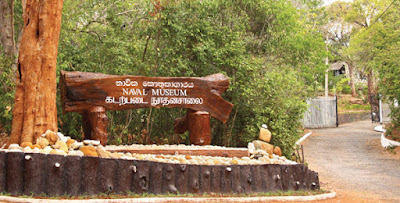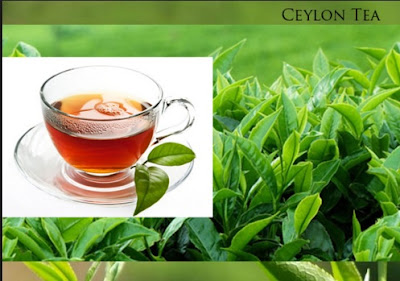Naval Museum, Trincomalee, Sri Lanka
The Naval Museum, a comprehensive guide to study the glory of maritime power flourished along the margins of the Indian Ocean,is located 268 km from Colombo, the museum lies within the Naval Dockyard at Trincomalee which has a total area of approximately 850 acres. It is also believed that King Parakramabahu 1(reined 1153- 1186) has used this place as a his eastern port, to launch a naval fleet to successfully invade Burma (Myanmar) in the 12 century. Thereafter in various eras this fort had being subjected to many chargers with the arrival of Europeans.
Besides having rich treasure of artifacts and antiques nature has endowed the Naval Museum with enchanting scenic beauty too. The collection consists of maps, uniforms, boats, rafts & arms & ammunition of inestimable historic value representing cannons, machine guns, rifles & Tommy guns, guns of Royal Artillery, medical items & etc.
In addition, there is a three storeyed building located here is called Hood's Tower built on a hill commanding a 360° degree view of the harbour & bay. This observation tower was named in memory of Vice Admiral sir Samuel Hood, an officer of the Royal Navy who became commander of the British East Indies Station, a formation established in Trincomalee in 1810 to actively protect Britains trading interests.
Besides the Naval Museum, there also a nice boat safari service which is provided by the Navy camp. It's so amazing & superb journey on the Trincomalee bay. It gives all the scenic beauty of Trincomalee Bay & there is no need to worry about our security because the navy camp provide us a best swmming navy guards for our tour.














Thank you for making this content..
ReplyDeleteobserver jobs